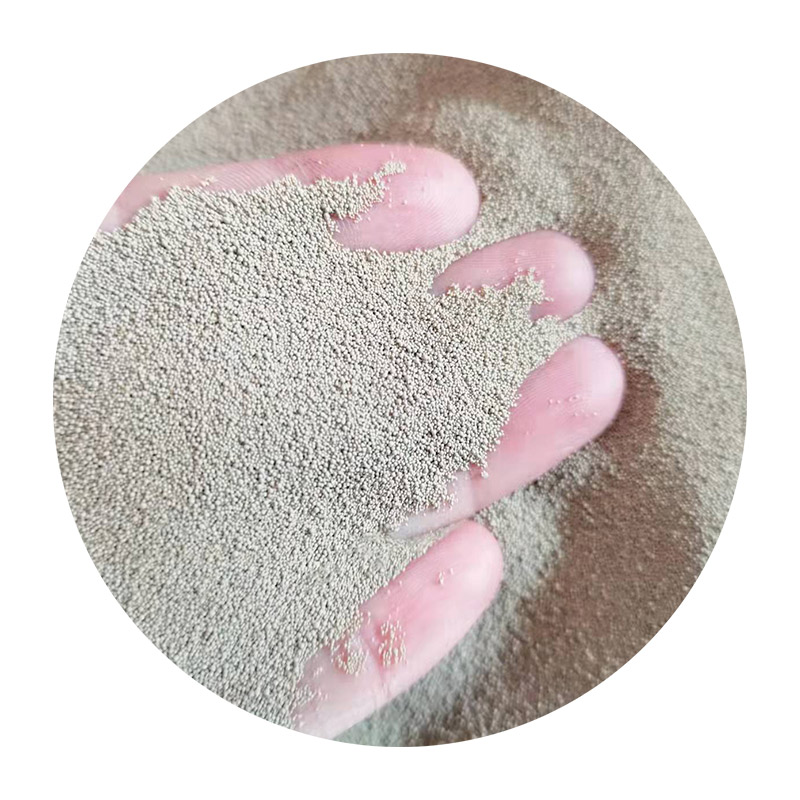Steps in Sand Casting A Comprehensive Guide
Sand casting, also known as sand mold casting, is one of the oldest and most widely used methods of metal casting. It is favored for its versatility and simplicity, allowing for the creation of intricate metal shapes with relative ease. In this article, we will explore the essential steps involved in the sand casting process, from preparation to final product finishing.
Step 1 Designing the Pattern
The first step in the sand casting process is to create a pattern that represents the desired final shape of the metal part. Typically made from wood, metal, or plastic, the pattern must be slightly larger than the final product to account for shrinkage as the metal cools. The pattern can be either a single piece or composed of multiple parts, depending on the complexity of the design.
Step 2 Preparing the Mold
Once the pattern is ready, the next step is to prepare the mold. This involves placing the pattern in a mold box and surrounding it with a mixture of sand and a binding agent. This sand mixture is typically composed of silica sand, clay, and water. The bonding agent helps the sand particles stick together, allowing the mold to withstand the pouring of molten metal.
After the sand mixture is added, the mold box is compacted to ensure that the sand closely conforms to the shape of the pattern. When the mold is fully compacted, the pattern is removed, leaving a cavity that will serve as the negative space for the cast part.
Step 3 Creating Pouring Wells and Vents
To ensure proper filling of the mold cavity, pour wells and vents are created within the mold. Pouring wells allow the molten metal to flow easily into the cavity, while vents provide an escape route for gases generated during the casting process. This step is critical to avoid defects such as gas pockets or incomplete fills.
Step 4 Melting the Metal
With the mold prepared, it’s time to melt the metal for casting. Depending on the type of metal being used—such as aluminum, iron, or bronze—the melting temperature will vary. The metal is heated in a furnace until it reaches a molten state, at which point it is ready for pouring.
steps in sand casting

Step 5 Pouring the Metal
The molten metal is carefully poured into the mold through the pouring well. This step must be performed with precision to ensure that the mold fills correctly and to minimize the formation of air bubbles. The pouring process is typically monitored closely, as it directly impacts the quality of the final casting.
Step 6 Cooling and Solidification
After the mold has been filled, the molten metal is allowed to cool and solidify. This cooling process can take anywhere from a few minutes to several hours, depending on the size and thickness of the casting. It is important to allow sufficient time for the metal to solidify completely to avoid defects in the final product.
Step 7 Breaking the Mold
Once the metal has cooled and solidified, the next step is to break the mold apart to reveal the cast part. This is typically done by hand or with the aid of mechanical tools. Care must be taken during this process to avoid damaging the casting. Depending on the complexity of the mold, some molds may be reusable, while others are single-use.
Step 8 Cleaning and Finishing
After the casting has been removed from the mold, it often requires cleaning and finishing to achieve the desired surface quality. This may involve removing excess sand, polishing the surface, and performing any necessary machining operations. Additionally, any sharp edges may be deburred, and surface treatments may be applied to enhance durability or aesthetics.
Conclusion
Sand casting is a highly effective method for producing a wide array of metal components. Understanding the steps involved in the process is crucial for anyone looking to delve into metalworking or manufacturing. From designing the pattern to the final finishing touches, each step plays a vital role in ensuring the quality and precision of the final product. Whether for industrial applications or custom projects, mastering the art of sand casting opens up a world of possibilities in metal fabrication.
Post time:Дек . 12, 2024 11:56
Next:facing sand in foundry
